There’s nothing quite like stepping into a maritime festival in Bremerhaven—suddenly, you’re in the middle of tall ships, sea songs, and a whole lot of portside energy. When I visited Sail Bremerhaven, I found myself weaving through more than 250 beautiful ships from all over the world. Each ship had its own story, and walking the docks gave me a chance to check out their sails and wooden decks up close.
Shanties drifted through the salty air, food stalls lined the waterfront, and crowds gathered for the grand entry parade. The whole place buzzed with excitement. Watching those massive ships glide along the Weser River, I felt swept up in something much bigger than myself.
Events like this blend maritime history, culture, and pure fun in a way that’s tough to describe. Just checking the dates and making time for a visit can turn into an unforgettable day by the sea.

Overview of Sail Bremerhaven and Maritime Festivals
Sail Bremerhaven ranks among Europe’s top windjammer festivals. The city comes alive with tall ships, music, and maritime culture right on the North Sea.
You’ll find historic vessels, lively parades, and hands-on activities everywhere. It’s honestly a standout for anyone who loves the sea.
What Is Sail Bremerhaven?
Sail Bremerhaven transforms the Weser River into a stage for tall ships and windjammers from around the globe. These classic sailing ships gather for a festival that’s part tradition, part spectacle.
I watched entry parades, listened to shanties, and even climbed aboard some historic ships. The city’s port buzzed with sailors, locals, and visitors like me, all sharing in the excitement.
There’s more than just ships. Street food, live music, children’s programs, and themed villages like the Buccaneer Village pop up everywhere. With over a million visitors, the festival really takes over Bremerhaven.

History and Significance of Maritime Festivals
Maritime festivals connect cities to their seafaring roots. For centuries, Bremerhaven has thrived as a port for trade and emigration. These festivals shine a light on that heritage.
Long ago, cities gathered ships and sailors to celebrate the age of sail. Today, the tradition continues—modern festivals honor the past and bring together crews, visitors, and locals.
Sail Bremerhaven, happening every five years, pulls in historic tall ships, navy vessels, and new ships too. By joining in, I get a taste of both old-world seafaring and today’s lively port scene.

Festival Dates and Planning Your Trip
The next Sail Bremerhaven runs from August 13 to August 17, 2025. The opening parade kicks things off, with ships sailing the Weser from 11:00 to 15:00.
I always check schedules for ship tours and parades before I go. Some on-board experiences or popular events might need tickets or reservations. Hotels and rentals fill up quickly during festival week.
Comfortable shoes, a check on local transit, and a rain jacket or sunscreen—those are my essentials. For anyone who loves maritime culture or city parties, Sail Bremerhaven is a trip worth planning.
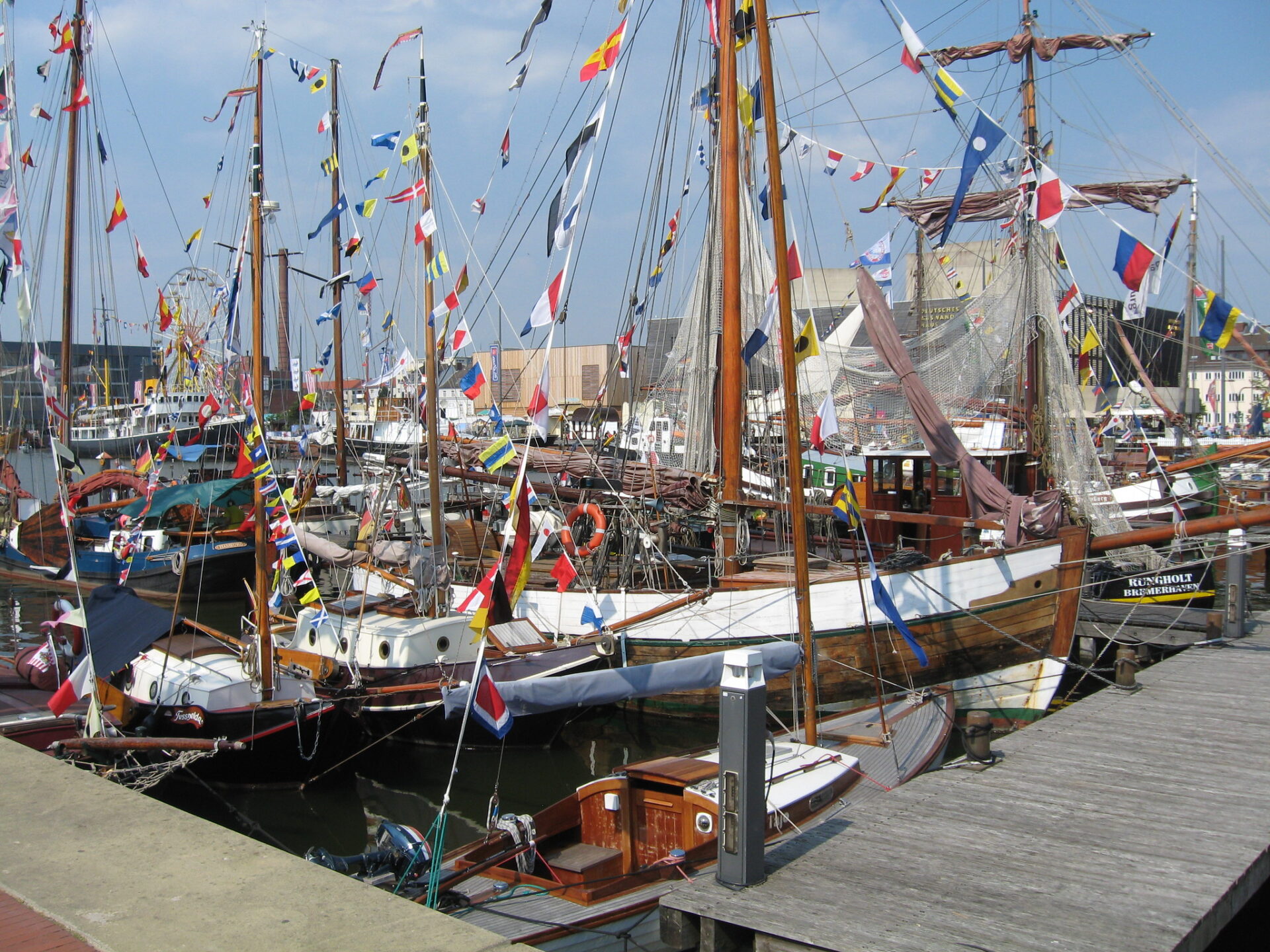
Experiencing the Tall Ships and Maritime Heritage
Walking into Sail Bremerhaven, I felt surrounded by history and the rhythm of the sea. The festival brought tall ships, legendary vessels, and hands-on maritime traditions right to the North Sea.
International Tall Ships and Notable Vessels
The lineup of tall ships blew me away. Over 250 sailing vessels crowded the harbor, each with its own crew and backstory.
Flags from dozens of countries fluttered in the breeze, and Bremerhaven felt like a global port. Crews in traditional uniforms worked on deck while visitors watched. You’d spot full-rigged ships, three-masted barques, and classic schooners all in one place.
Many ships opened for tours. Just strolling the docks, I noticed the differences in woodwork, rigging, and design. Every ship carried the maritime traditions of its home country.
Notable vessels included:
- Historic galleons
- Modern training ships
- Famous windjammers
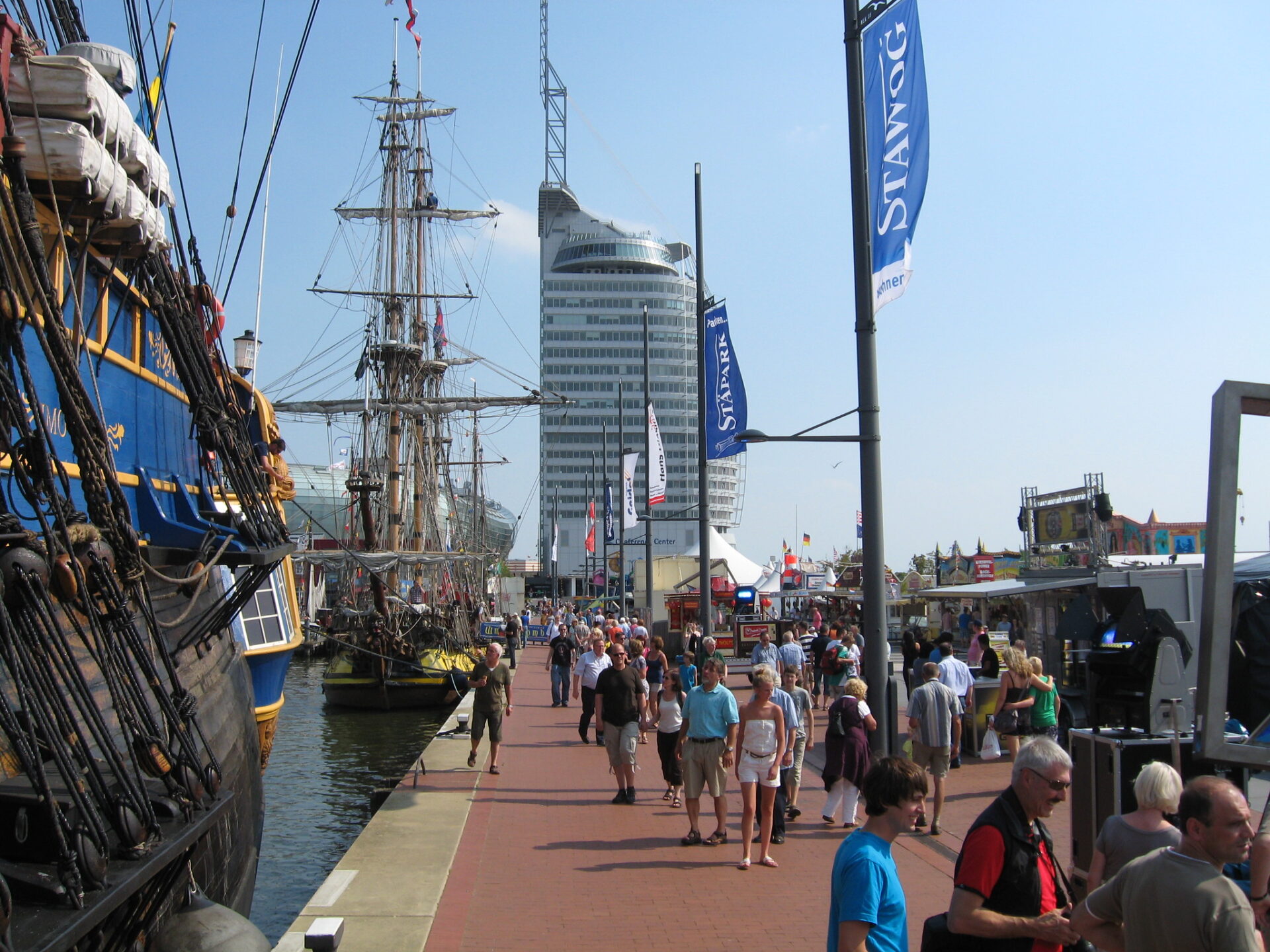
Onboard Tours and Sailing Demonstrations
Stepping aboard a tall ship? That’s something I won’t forget. Guides shared stories about daily life at sea, old navigation tricks, and the technology behind these ships.
Some ships let us peek below deck. I saw narrow bunks and tiny kitchens. Others held demonstrations right on deck—crews showed how to handle sails and ropes.
A printed schedule listed live shows and hands-on workshops. I caught a rope-making demo and even tried my hand at tying knots. Crew members answered questions and explained how training ships keep old skills alive.
On some vessels, I booked a short harbor cruise. Feeling the wind and watching the sails fill out on open water was pure magic.
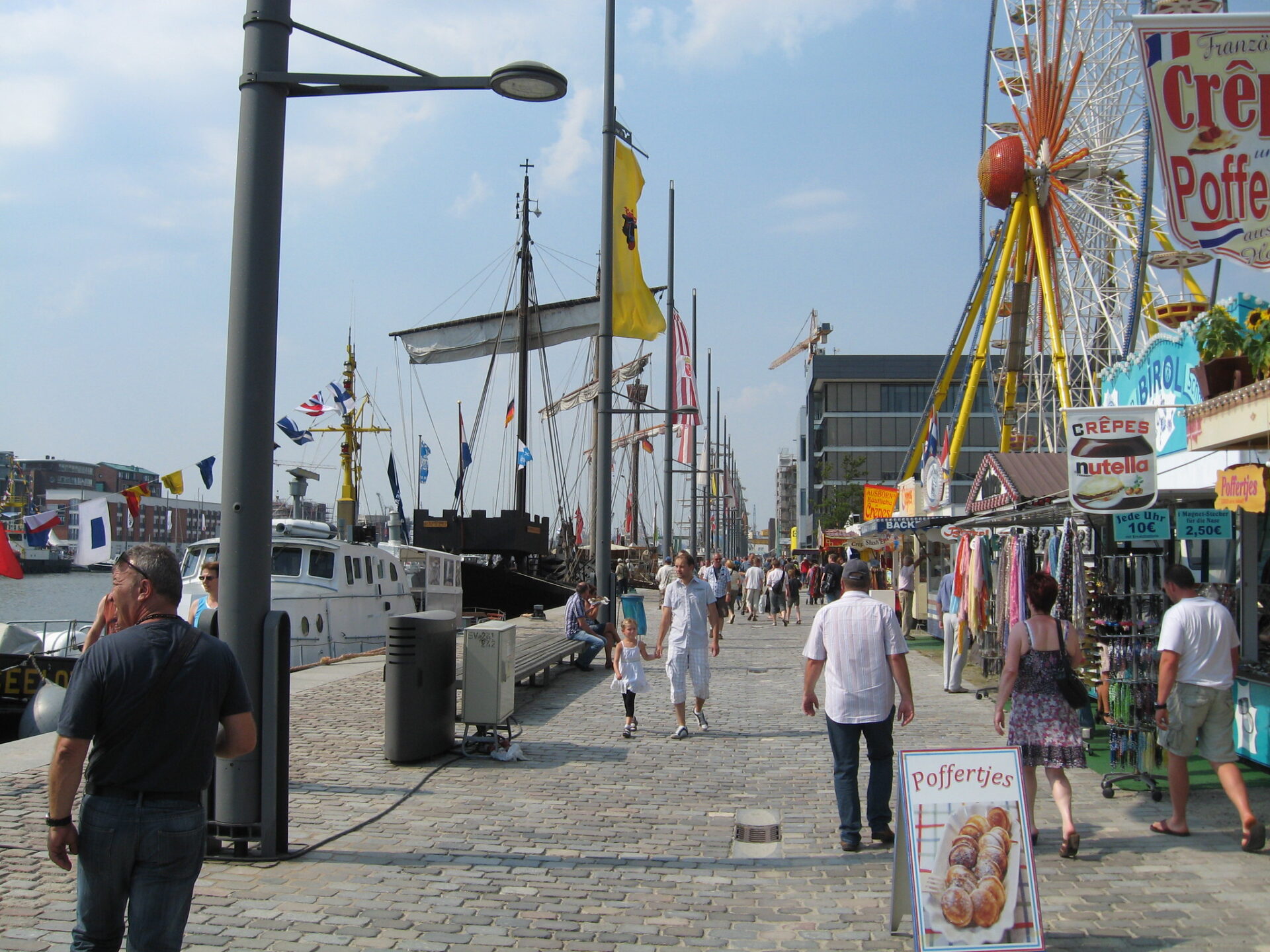
Iconic Ships: Alexander von Humboldt II and Steamships
The Alexander von Humboldt II caught my eye with its green sails and tall masts. As a modern training ship from Bremen, it keeps the spirit of its famous predecessor alive.
I met a few young trainees who talked about sailing from the Baltic to the North Sea. The ship mixes modern safety with classic looks.
Historic steamships puffed along the harbor too. Their engines chugged and their smoke marked their location. These restored vessels give a peek into early industrial travel.
Seeing tall ships and steamships side by side, I could trace how maritime technology changed. Comparing their decks and hearing their engines made the history feel real.
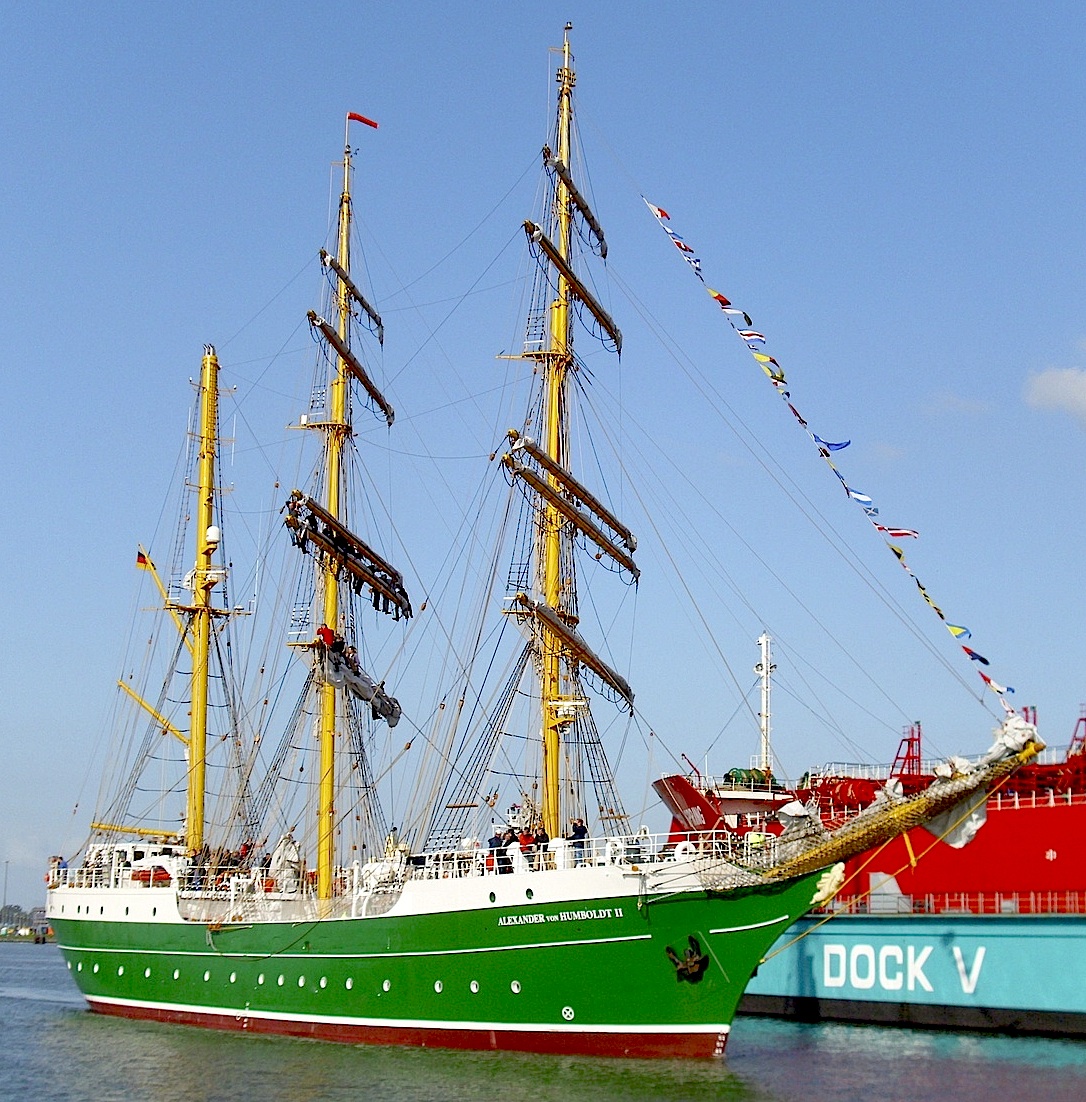
Festival Activities, Entertainment, and Culture
Sail Bremerhaven packs in something for everyone. I found live music, hands-on activities, and plenty of maritime culture at every turn.
Maritime Music and Shanties
Walking the harbor, I kept hearing sea shanties and old maritime songs. Stages by the water featured local and international choirs, often decked out in sailor outfits.
Musicians played accordions, fiddles, and guitars. Sometimes the crowd joined in, clapping and singing along. The music set the mood, making it feel like I’d stepped back into the age of sail.
Performance times showed up in the festival program, so I could catch my favorite groups. Even when I wandered away, the music echoed between the ships.
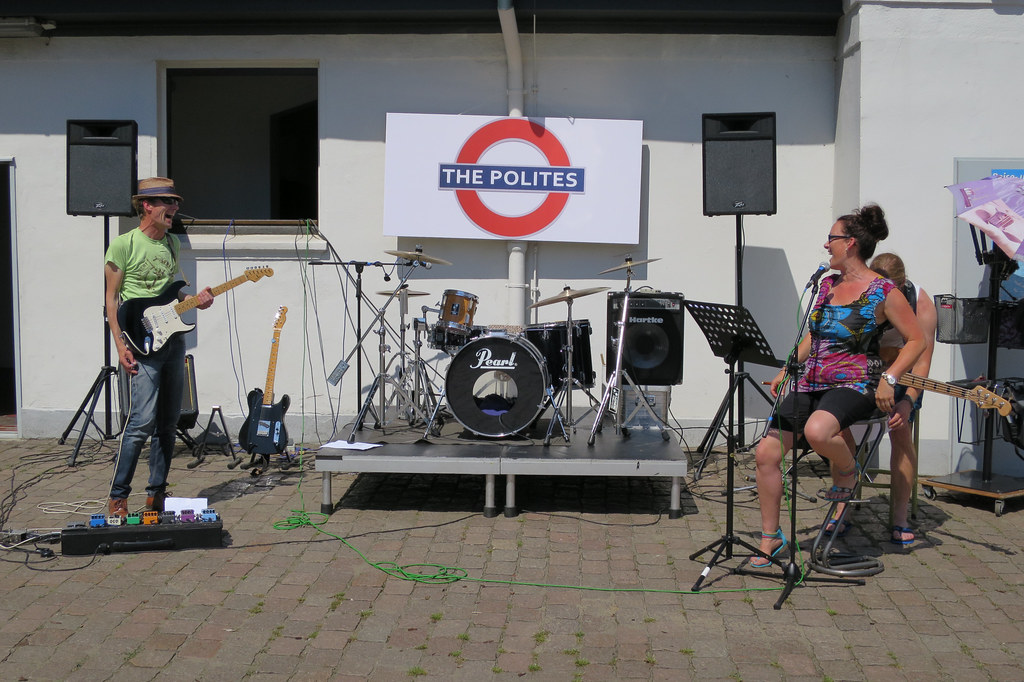
Family-Friendly Events and Activities for Children
Kids had loads to do. Organizers set up arts and crafts where children built boats or colored maritime scenes. I watched puppet shows and storytelling sessions about pirates and sailors’ adventures.
The “Buccaneer Village” was a big hit—kids dressed as pirates and joined in treasure hunts. Face painting and hands-on workshops kept little ones busy.
The festival felt safe and welcoming for families. From climbing walls to dockside games, kids had room to explore. Parents could relax while the children played nearby.
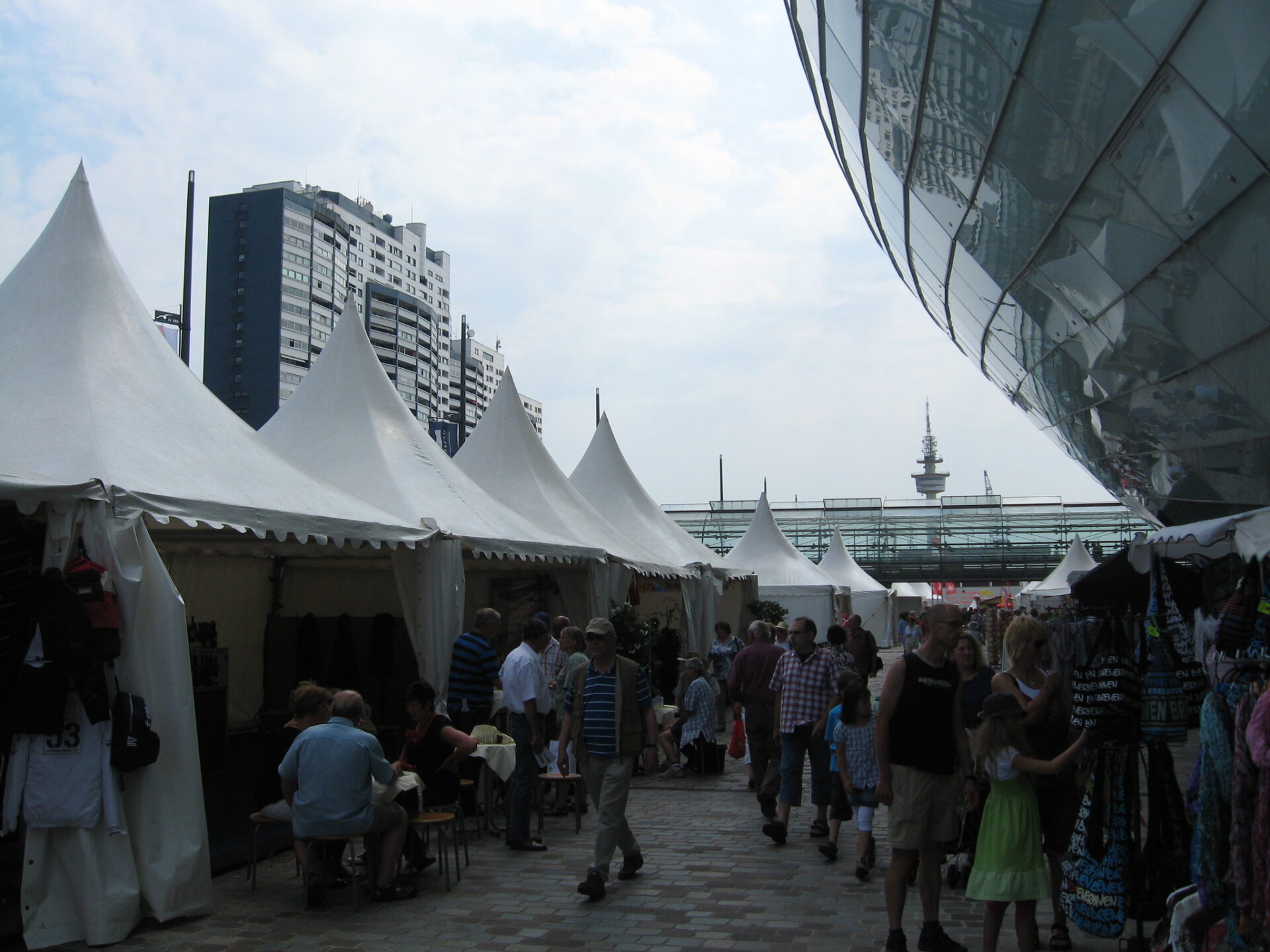
Concerts and Cultural Performances
Evenings brought concerts to the main squares and stages. I caught everything from classical groups to modern bands. Some shows happened on open-air stages right by the ships, with festival lights reflecting on the water.
Dance groups and small theater acts shared stories about seafaring, port traditions, and ships from around the world. Event times were easy to find, so I could plan my night.
The mix of music, dance, and performances kept things lively and offered something for everyone.
Seaside Attractions and Local Experiences
Bremerhaven’s seafront is full of things to see, taste, and try. I spent my day exploring attractions along the water, sampling seafood, and soaking up the maritime vibe.
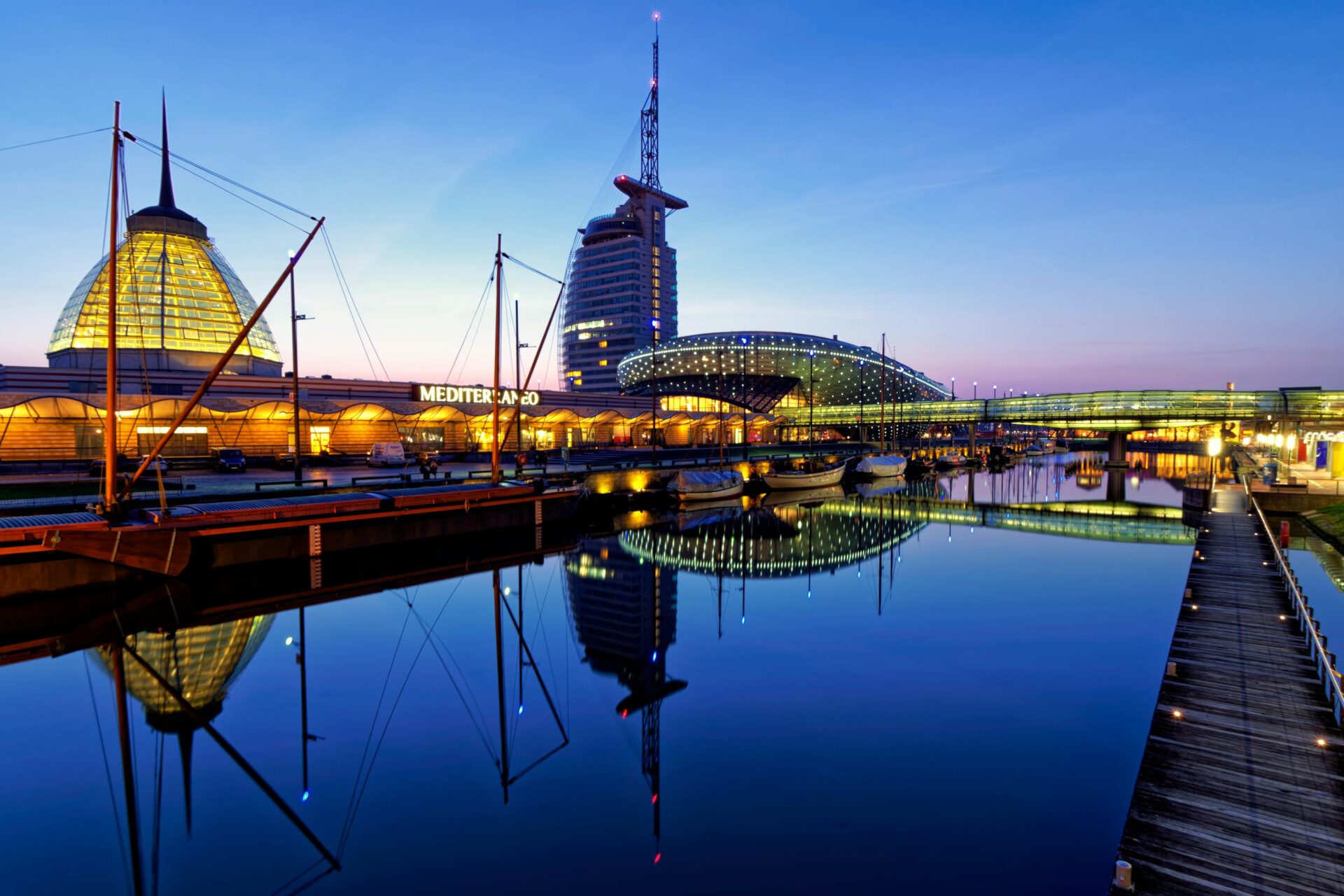
Discovering Havenwelten and the Weser Promenade
I started out at Havenwelten, a modern district right on the Weser River. Wide promenades, glassy museums, and views of ships and harbor cranes set the scene. Most festival spots are an easy walk from here.
The Weser Promenade buzzed with life during the festival. I watched windjammers cruise by and listened to shanties from open-air stages. Benches, pop-up stalls, and photo spots lined the way, with the North Sea breeze in my face.
Some favorite Havenwelten stops:
- Klimahaus Bremerhaven: a hands-on science center
- German Maritime Museum: full of ship models and real vessels
- Zoo am Meer: a small zoo focused on sea animals
The area felt clean, safe, and perfect for families or anyone who loves ships.

Schaufenster Fischereihafen and the Fishing Port
After that, I wandered over to the Schaufenster Fischereihafen in the old fishing port. This area has a different vibe—brick warehouses and old buildings show off Bremerhaven’s fishing roots.
The fishing port still hums with activity. I watched boats unload fresh North Sea fish and workers hauling boxes off the docks. Schaufenster Fischereihafen now mixes shops, fishmongers, seafood bistros, and craft stores.
A highlight is the Fishing Museum, which shares stories about local fishermen and life at sea. Festival days bring food stalls and live demos, like fish smoking or net-making. It’s a great spot to learn how the fishing trade shaped the city.

Sampling Fish Restaurants and Local Cuisine
I couldn’t resist trying Bremerhaven’s seafood. Restaurants line Havenwelten and the Schaufenster Fischereihafen. Handwritten chalkboards listed the day’s catch—cod, plaice, North Sea shrimp, and smoked eel.
Traditional dishes like Finkenwerder Scholle (fried flatfish) or the classic Fischbrötchen (fish sandwich) showed up everywhere.
Here’s what I saw most often on menus:
| Dish | Description |
|---|---|
| Fischbrötchen | Fish roll with onions |
| Nordsee-Krabben | Local shrimp, often served cold |
| Matjes | Marinated young herring |
| Labskaus | Mashed corned beef and potatoes, with fish on the side |
People served food with a smile, and prices felt fair. I ate overlooking the docks, watching the ships and breathing in the sea air. Honestly, that’s tough to beat on the North Sea coast.
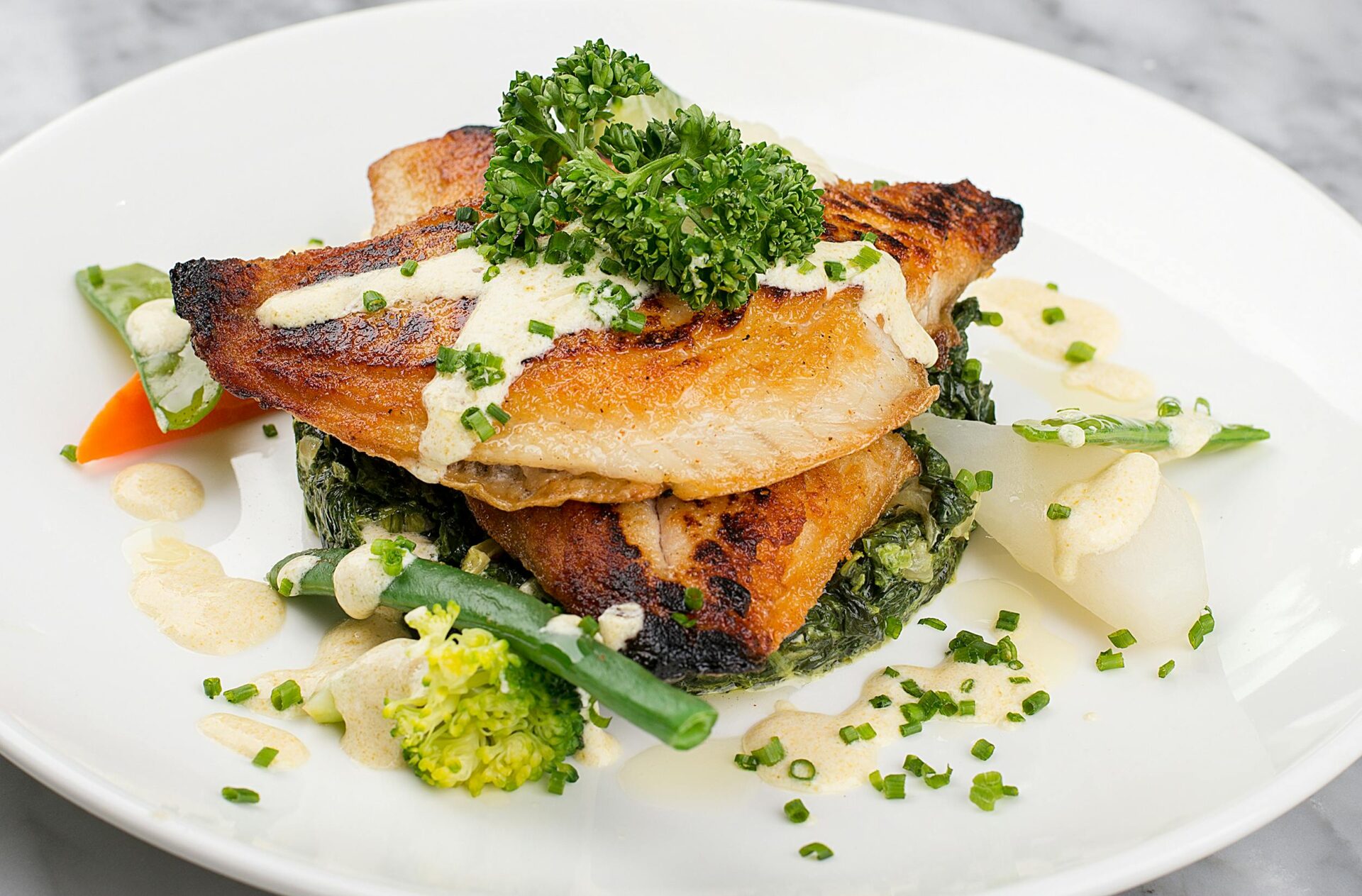
Museums and Historical Sites in Bremerhaven
Bremerhaven stands out for its hands-on museums, maritime exhibitions, and sites that connect the city to the wider world. Each spot gives a new angle on local history, climate, or migration.
German Maritime Museum and Maritime Exhibitions
The German Maritime Museum (DSM) is Europe’s largest maritime museum. I loved how it sits right in the heart of Bremerhaven’s harbor—perfect for diving into the city’s sailing traditions.
The main exhibition, “Worlds of Ships – The Ocean and Us,” covers shipbuilding, navigation, and how people relate to the sea. Interactive displays let me check out models of famous ships, including the Seute Deern.
The museum packs in historical documents, real ship engines, and artifacts pulled from the sea. Anyone curious about German or global maritime history will find the DSM’s exhibitions clear and inviting for all ages.
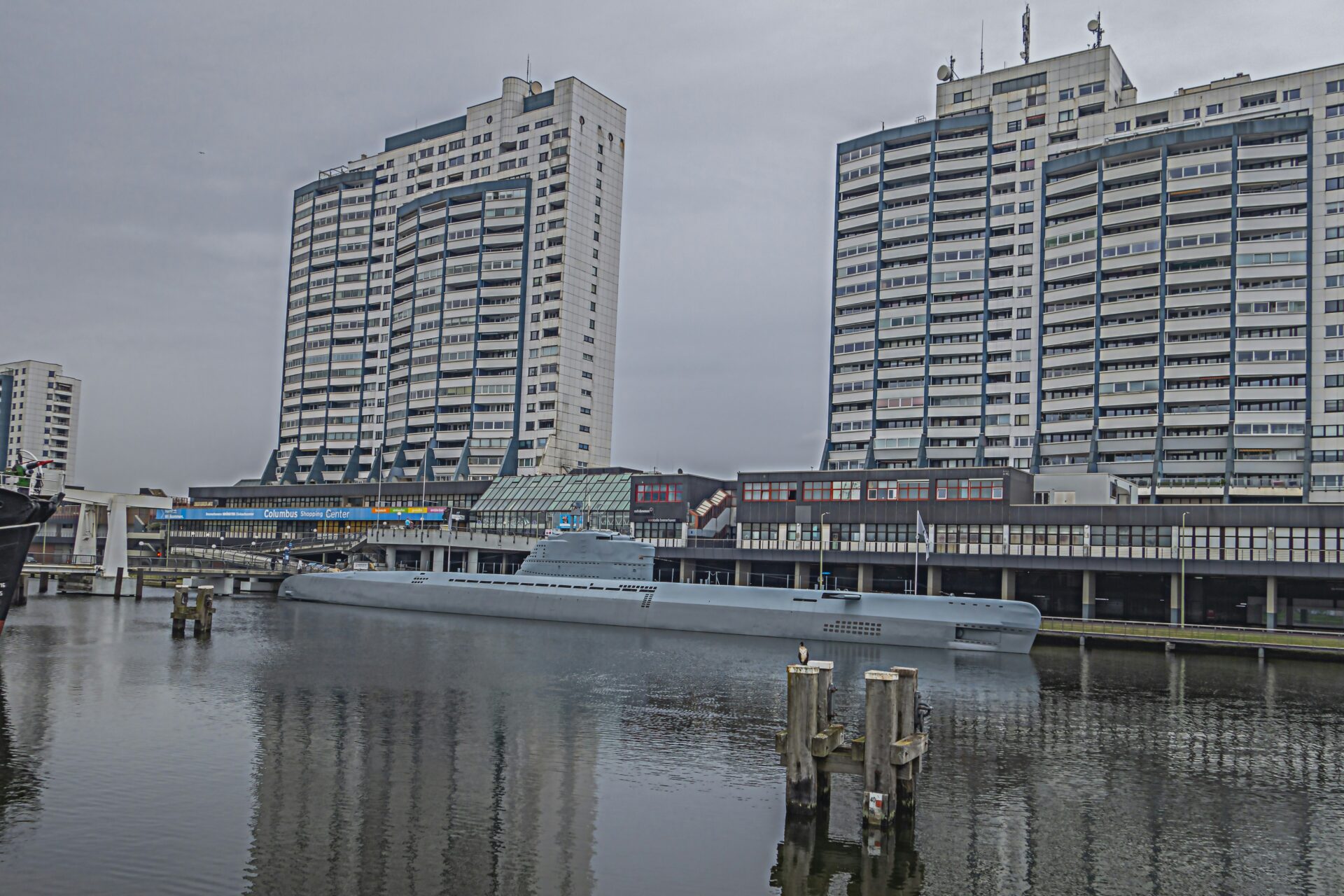
Klimahaus Bremerhaven 8° Ost
Klimahaus Bremerhaven 8° Ost is a science and adventure museum that dives deep into the world of climate and global travel. You wander through exhibits tracing the 8° east line of longitude, so you’re suddenly in Switzerland, then Cameroon, and before you know it, you’re shivering in Antarctica.
Each section feels alive—real plants, weather simulations, and displays that don’t just look authentic, they kind of transport you. I’ll never forget stepping into the rainforest section, where the humidity wrapped around me, and then, just a few minutes later, I found myself bundled up in the icy chill of Antarctica.
This place makes it easy to see how climate shapes everything about how people live. You don’t need to be a scientist to get it; the interactive tables break down the science in a way that just clicks.

German Emigration Center (Deutsches Auswandererhaus)
The German Emigration Center unpacks the journeys of millions who left Europe from Bremerhaven, chasing new beginnings in the USA and South America. Instead of just reading about it, you actually follow the footsteps of a real emigrant, using your entrance ticket as a “passport” at different stations and re-created historic scenes.
Audio guides share personal stories, and honestly, that makes the history hit home in a way that’s hard to explain. You see original baggage, ship models, and old documents from the 19th and 20th centuries.
It’s easy to imagine what life felt like on board, why people risked everything to leave, and how they built new lives across the ocean. If you’re curious about migration—or if your family roots stretch toward the Americas—this place will grab your attention.
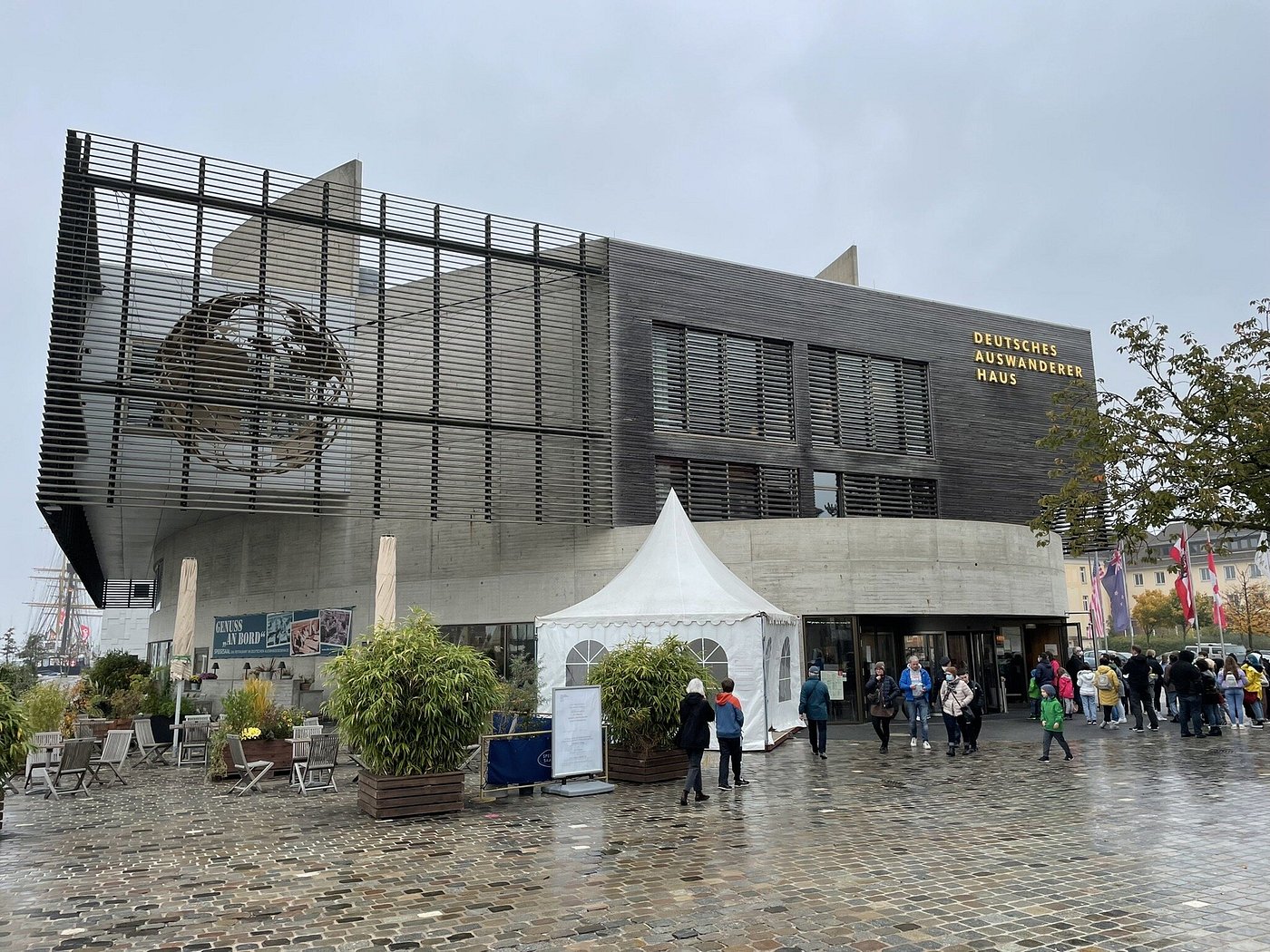
Other Top Sights and Historical Museums
Bremerhaven isn’t just about its headline museums—there’s a lot more to stumble upon if you’re curious. I carved out a few hours for the Historical Museum Bremerhaven and honestly, it felt like stepping into a time capsule. Displays covered everything from gritty fishing days to the city’s bustling port life and snapshots of daily routines from different eras.
They’ve packed the place with rare photos, quirky old costumes, and tools that tell their own stories. I found myself imagining what it must’ve been like to live here a century ago.
If you wander down to the museum harbor, you’ll spot smaller museums and even some historic ships. Most days, you can just walk right up and climb aboard—pretty cool if you ask me.
Here’s a quick table of some other spots worth checking out:
| Museum/Attraction | Focus |
|---|---|
| Technikmuseum U-Boot Wilhelm Bauer | WWII Submarine & Engineering |
| Pharmazie-Historisches Museum | History of Pharmacy |
| Zoo am Meer | Local and Arctic Wildlife |
Each of these places brought something different to my trip. Exploring them made me realize just how much Bremerhaven’s port and wild weather have influenced its story in Europe.

